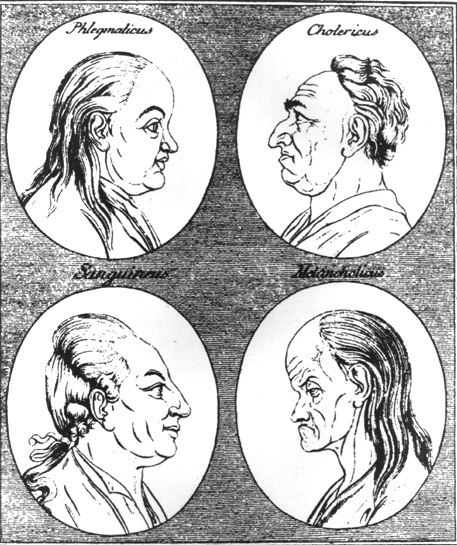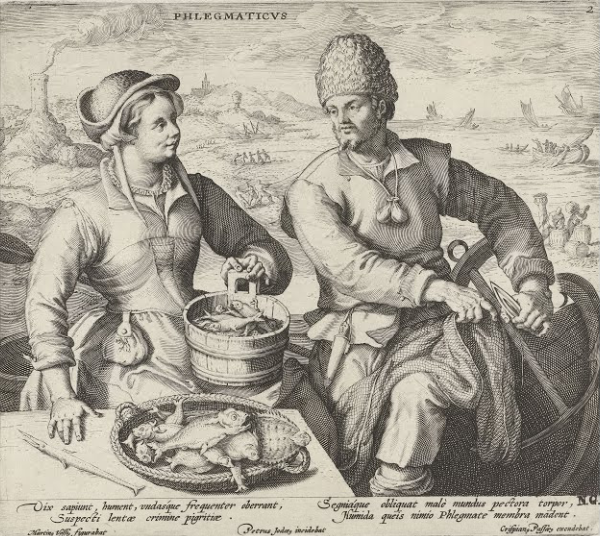The fashion of seventeenth century Europe was opulent and extravagant. Trading in Europe and across Asia introduced new fabrics, dyes, and textiles to Europe, which caused a large variety of fashions to be produced. These new fashions were worn flamboyantly by the women of Europe– especially by Queen Elizabeth I.
WHY WAS FASHION SO IMPORTANT?
Clothing played a large part of a person’s status and people were expected to wear certain types of clothing dependent on their social status. The gowns worn by royalty were elaborately decorated while the lower class would be unable to afford these luxuries, and would wear plain gowns. Dressing up this way showed off a person’s wealth and status and even gave them more opportunities. Many women dressed up to go to special events, such as parties or going to court. Job opportunities would also be improved if an individual was well dressed. They also dressed up to gain attention from suitors and try to find a husband. The same went for men, they wore corsets and padding to get small waists with potbellies. Fashion was so important, that even laws were put in place for what people were allowed to wear. For example, only certain nobility were allowed to wear gold cloth.

FASHION AND QUEEN ELIZABETH’S INFLUENCE
The Queen, of course, wore the most elaborate clothing pieces with large collars, detailed embroidery, and many colourful gemstones. Lace was used throughout the neckline and added refinement and beauty. Black and white were often used in making her gowns because the colours symbolized virginity. Farthingales were large skirts with hoops made of osieres, bents, or whale bones and were worn underneath the gown to give it shape and make the hips wider and the waist smaller. Accessories like rings, necklaces, pomanders, and earrings were worn to perfect the Elizabethan look. Queen Elizabeth would be a huge influence of fashion in England and the surrounding areas, because everyone wanted to emulate the Queen. This even extended past her clothing choices and into her physical features.

EMULATING QUEEN ELIZABETH
The beauty standards of the seventeenth century included fair skin, bright eyes, and light hair. Queen Elizabeth fit well into these ideals, and many women wore makeup and wigs to emulate her appearance. Red wigs, white face paint, and red rouge and lips were extremely popular for women. They even plucked their eyebrows and hairlines to make their eyebrows arched and their foreheads longer. When her teeth had fallen out, she filled her mouth with rags to prevent them from looking hollow and sullen.
CLOSING THE CLOSET
The beautiful and opulent fashions of the seventeenth century and Queen Elizabeth I are an important part of fashion history. The interest in fashion of Queen Elizabeth helped the fashion culture to flourish, and was a vital part of their culture thanks to her influence. Many aspects of their fashion mimic our current culture when it comes to fashion. Dressing up for certain events like job interviews is still regularly practiced. While some fashion trends like– rags in mouths– are not as aligned with our current fashions, we can still appreciate the strange trends of the 1600s. Just as we appreciate the old trends as strange, I am certain that the fashions we find irreplaceable now will be seen as odd in the future.
Sources
- Waugh, Norah. The Cut of Women’s Clothes 1600-1930. Faber and Faber Limited, 1968.
- Arnold, Janet. Patterns of Fashion: The Cut and Construction of clothes for men and women c1560-1620. Macmillan London Limited, 1985.
- https://www.historyextra.com/period/stuart/dressing-to-impress-in-the-17th-century/
- https://www.elizabethi.org/contents/wardrobe/
- https://www.rmg.co.uk/discover/explore/elizabeth-royal-wardrobe










